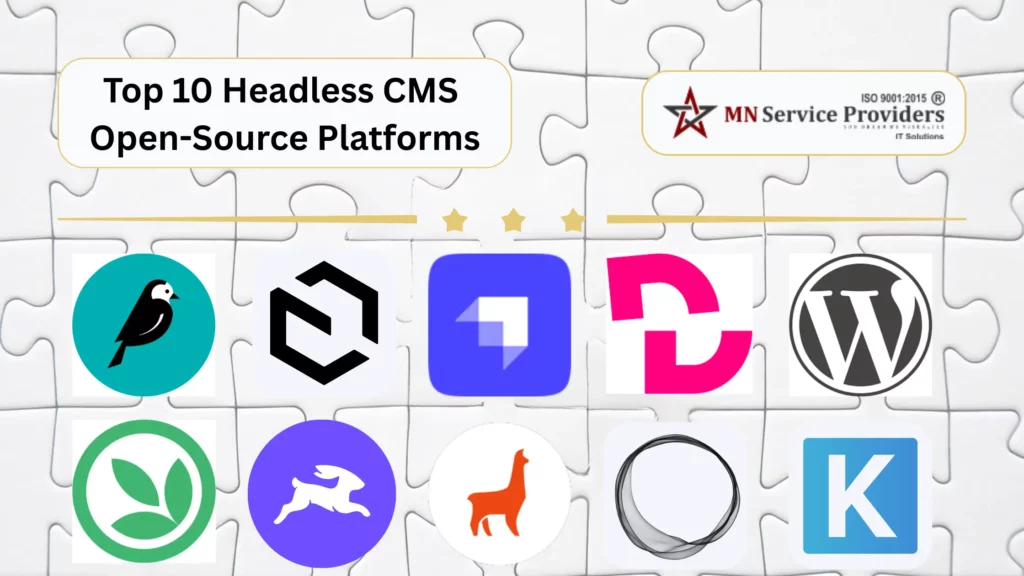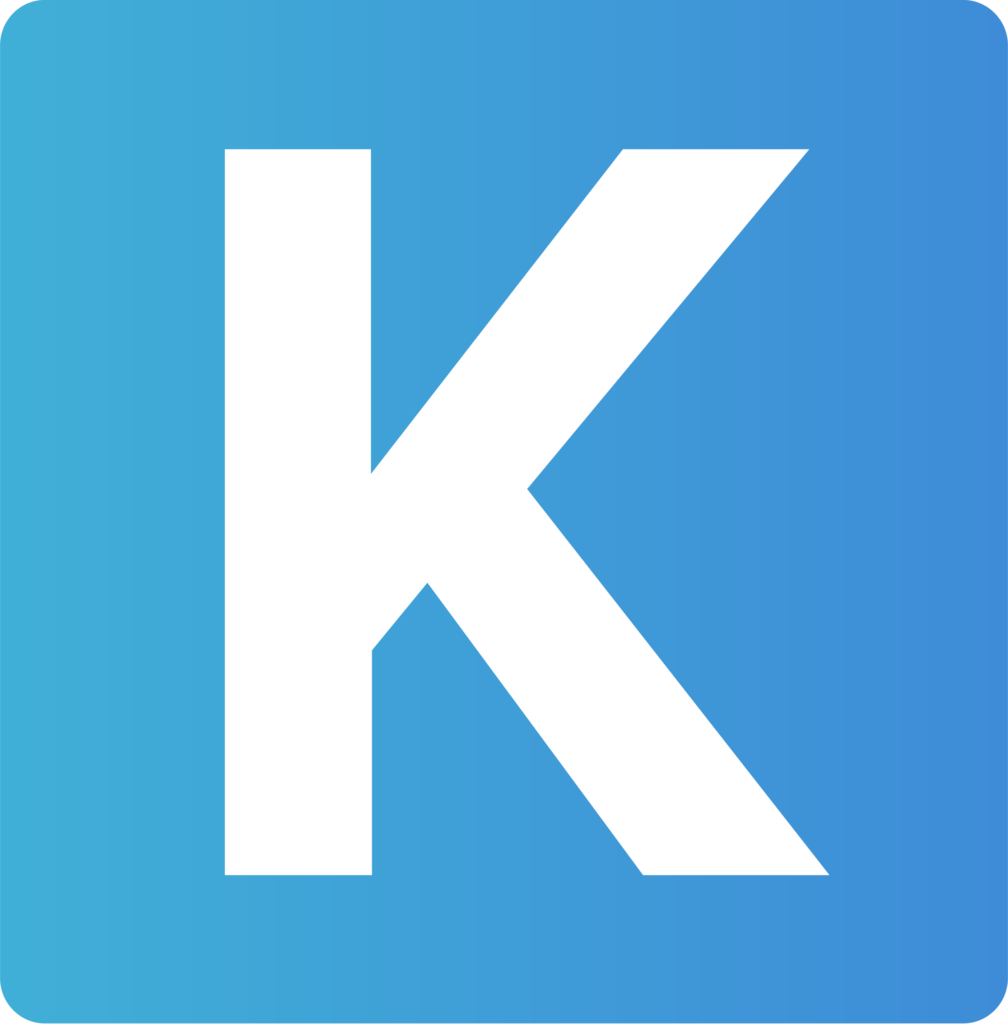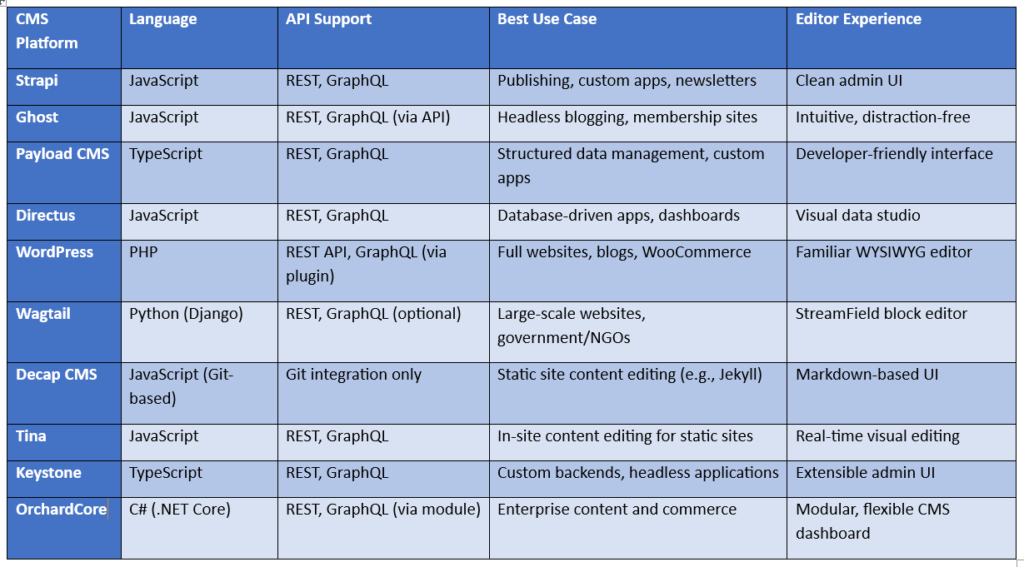
Introduction
Are you tired of feeling boxed in by old-school content management systems that just can’t keep up? At MN Service Providers, we know how that feels – it’s like trying to run a race with your shoes tied together! That’s why the buzz around the best headless CMS open source platforms is growing louder every day in 2025.
By the end of this post, you’ll know which headless CMS open source tools are leading the race, how to pick the right one for your projects, and how you can stay a step ahead – all in easy-to-understand everyday language. Whether you’re a small business owner, content creator, or a curious developer, this post is your shortcut to making the smartest choice for your next big digital adventure.
Let’s dive in – because the future of content management is wide open!
What is a Headless CMS and Why it’s Gaining Momentum in 2025
Picture a traditional CMS as a bicycle with the wheels and handlebars glued together: the content (the frame) and the design (the wheels/handlebars) are stuck as one. A headless CMS, on the other hand, chops off (hence, “headless”) the presentation layer, giving you content served fresh via an API. That means you can pair your content with any website, app, or digital screen – just like picking your favorite toppings at an ice cream bar.
Why is headless CMS open source rising so fast in 2025? It’s the secret ingredient for building lightning-fast sites, flexible apps, and content you can serve across dozens of platforms (think web, mobile, smart TV, even your smartwatch!). Research shows that 63% of businesses plan to shift to a headless CMS by 2026 – that’s over half of the digital world.
Benefits of Choosing Open Source Headless CMS for Your Projects
Choosing an open source headless CMS gives you more than just cost savings – it hands you the keys to total freedom and flexibility:
- Full Customization: Tweak and fine-tune every feature to match your unique project needs.
- Zero License Fees: Save your budget for what matters most – content and marketing!
- Thriving Communities: With thousands of contributors worldwide, bugs are squashed and updates come quickly.
- Security & Transparency: With open code, nothing hides in dark corners. You can check, audit, and improve as needed.
Future-Proofing: Open standards, active development, and plugin ecosystems keep your projects up to date.
How to Pick the Right Headless CMS: Key Factors to Consider
It’s easy to get lost with so many headless CMS open source choices. Here are the top questions to ask yourself:
- Does it fit my developers’ stack (JavaScript, Python, .NET, etc.)?
- How easy is it for editors and marketers to use?
- Can it grow as my project grows?
- Does it support the integrations my team needs?
- What’s the strength of the community and documentation?
Think of choosing a CMS like picking your favorite sneakers: comfort, durability, and style all matter – one size doesn’t fit all.

Why Strapi Leads in Customization and Developer Experience
If you ask any developer about headless cms open source, Strapi will pop up faster than you can say “plugin.” Strapi stands out because it’s as customizable as a pizza bar – you choose what goes in.
Key Features
- API-First Design: Build RESTful or GraphQL APIs with a click.
- Plugin Ecosystem: Add features like authentication or image processing.
- Community Support: Over 50,000 stars on GitHub; plenty of folks to lean on.
Real-World Use Cases
Startups love Strapi for rapid product launches, while enterprises trust it for robust backends powering millions of visits.
Getting Started Tips
Install with a single command, pick your tools (React, Vue, Next.js), and start setting up content models in minutes. For best results, always update plugins and follow their best practices guides.

What Makes Ghost Stand Out
When you want to write and publish like a pro but don’t want clutter, Ghost is your friend. Imagine a digital notebook that’s both elegant and supercharged.
Features for Bloggers and Publishers
- Strong SEO Tools: Built-in sitemaps, meta tags, AMP support.
- Memberships: Create paid content and private pages.
- Integrations: Zapier, Slack, Mailchimp, and more.
Using Ghost as a Headless CMS
Plug into any frontend with APIs, making your blog or news portal fast and flexible.
How Ghost Keeps Things Lean
Ghost sites are famous for their lightning speed (and they routinely rank in the top 10 for performance worldwide).
Introduction & Selling Points
Payload is for builders who want fine control. If you ever wanted to design your own content engine from scratch but without starting at zero, Payload is the answer.
Unique Features
- Custom Content Models: Design complex data relationships easily.
- GraphQL Support: Powerful APIs out of the box.
- Extensibility: Write custom hooks, make it your own.
Ideal Use Cases
Complex ecommerce, global content hubs, and large development teams thrive with Payload.
Tips for Efficiency
Start with clear models, use the CLI for setup, and lean on their example projects if you get stuck.

Deep Dive
Directus connects directly to your SQL database – no middleman. You stay in full control.
Database Content Management
- No Lock-In: Leave anytime, keep your data in raw SQL.
- Visual Data Studio: Non-tech users can manage, techies can hack.
Transparency and Data Control
Great for financial services, health apps, or anyone with strict compliance needs.
Community & Ecosystem
New plugins and integrations are rolling out monthly, keeping Directus fresh in 2025.

How WordPress Became Headless
The old blogging giant can now deliver content through REST or GraphQL APIs, making it a chameleon in the content world.
Benefits & Integration
- Familiar Admin: Editors love the easy backend.
- Modern Frontends: Mix with React, Vue, Svelte, and more.
- REST API: Seamlessly connect content everywhere.
When to Use WordPress Headless
Ideal if you already use WP, but want modern speed, flexibility – or just want to future-proof your investment.

Why Python Fans Choose Wagtail
If Django is your bread and butter, Wagtail is the headless CMS open source solution to match.
Features
- Editorial Workflows: Drag-and-drop page building.
- Content Localization: Go global with one codebase.
Best Use Cases
Educational websites, newsrooms, and non-profit orgs with lots of editors.
Integrating Wagtail
Works seamlessly with popular static site generators and frontend frameworks.

What is Decap CMS?
Think of Decap as Google Docs, but everything lives in your Git repo – safe, organized, and versioned.
Advantages
- Perfect for Jamstack: Pairs best with Netlify, Vercel, and static hosting.
- Version Control: Mistakes are easy to undo.
Real-World Use
Many developers use Decap to manage open source docs, event websites, and landing pages.
Integrating Wagtail
Works seamlessly with popular static site generators and frontend frameworks.

What Makes Tina Unique
Tina lets editors work right on the page – no more switching back and forth. It’s like painting a mural directly on the wall, instead of sketching it out on paper first and then transferring it.
Developer + Editor Harmony
- React Integration: Works with Next.js and Gatsby.
- Real-Time Edits: See changes instantly.
Ideal Teams
Those with tight deadlines who care about UX for both users and editors.

Overview
Keystone’s strength is simplicity; if you know JavaScript, you’ll feel at home in minutes.
Key Features
- Schema Definition: Design your content just like you’d design a database model.
- GraphQL APIs: For super-fast querying.
- Auth Built-In: Secure from the get-go.
Use Cases & Tips
Great for small startups, SaaS tools, or anyone who wants to prototype in a flash.

What Makes OrchardCore Stand Out
The powerhouse for .NET developers, OrchardCore brings high security, modular design, and enterprise-ready tools.
Modular & Multi-Tenant
Spin up multiple sites on a single backend – done and dusted.
Ideal For
Enterprises needing maximum security, custom modules, and workflows built to scale.
Comparing the Top 10 Platforms
- Feature Matrix: Which does API best? Who supports the most integrations? Chart these out.
- Community Strength: Strapi, Ghost, and WordPress have the biggest crowds.
- Ease vs. Flexibility: Ghost is simplest; Strapi, Wagtail, and Directus are most flexible.
Costs: All are free to self-host; some offer paid cloud options.
Future Trends: What to Expect in Headless CMS for 2025 and Beyond
The winds of change are blowing. Here’s what to watch:
- AI Integration: Content suggestion engines and auto-tagging are becoming mainstream.
- Automation: Expect more “set-and-forget” workflows.
- Content Personalization: API-driven targeting will be key for engagement.
- Unified APIs: Easier integrations with social media, ecommerce, and beyond.
Videos demonstrating real-time editing, dashboards, or plugin marketplaces will make these trends clear to readers.
Conclusion
The headless cms open source movement is growing fast, and the right pick will set you up for years to come. Here’s a quick recap:
- Strapi & Directus: Most flexible, heavy developer focus.
- Ghost & WordPress: Editor friendly, fast content flow.
- Payload, Wagtail, Keystone: Perfect for custom needs, coding power.
- Decap & Tina: Best for static sites and quick updates.
- OrchardCore: Enterprise and .NET dreams come true.
Have a favorite open source headless CMS, or want to share your success story? Drop a comment below or share this article on your channels. Let’s keep building the future – one flexible, open, and scalable website at a time!
Ready to get started or need expert advice? Contact MN Service Providers today!
Frequently Asked Questions (FAQ)
Yes, there are several free headless CMS open source options available. Platforms like Strapi, Directus, and Netlify CMS let you create, manage, and deliver content without charging any money. Because they are open source, you can also see and change the code if you want. These tools are popular for blogs, websites, and apps.
The “best” headless CMS open source platform depends on what you need. For most people, Strapi and Directus are top favorites because they are easy to use, flexible, and have strong communities supporting them. If you want lots of extra features, you might also like Sanity or Ghost. You can try different options to see what works best for your project.
Yes, a headless CMS open source platform can be great for SEO when set up correctly. It lets you control how your website content appears and loads, which is important for search engines like Google. You can also use special tools and plugins to help improve your search rankings, like adding meta tags and sitemaps.
A headless CMS open source solution is more than just an API. While it uses an API to deliver content to different places (like websites or apps), it also has tools for creating, editing, and managing your content behind the scenes. Think of it as a smart library with a door (API) that lets you check out any book (content) you want.
Yes, you can use Strapi headless CMS open source for free. The free version gives you all the main features to build websites, blogs, or apps. If you need extra support or special add-ons for businesses, there are paid plans, but most people are happy with the free tools.
When it comes to speed, Strapi and Directus are considered very fast open source headless CMS platforms. They respond quickly and let your website load content fast, which is important for visitors and SEO. The exact speed can also depend on your setup and hosting, so always test which one works quickest for you.
Melvin C Varghese is an author with more than 8 years of expertise in DevOps, SEO and SEM. His portfolio blogs include a Digital Marketing blog at https://melvincv.com/blog/ and a DevOps blog at https://blog.melvincv.com/. He is married with 2 small kids and is a simple person who eats, sleeps, works and plays. He loves music, comedy movies and the occasional video game.
